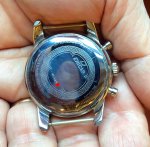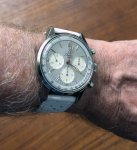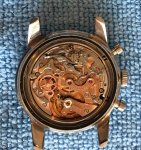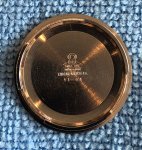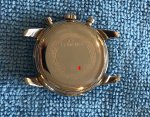Thanks!
I have collected quite a number of straps that are not in use, but I do have a white 20 mm leather, 20 mm to the buckle. I've a gray suede strap and an unused Uncle Seiko BoR.
As you say, there are no rules.
I have collected quite a number of straps that are not in use, but I do have a white 20 mm leather, 20 mm to the buckle. I've a gray suede strap and an unused Uncle Seiko BoR.
As you say, there are no rules.




